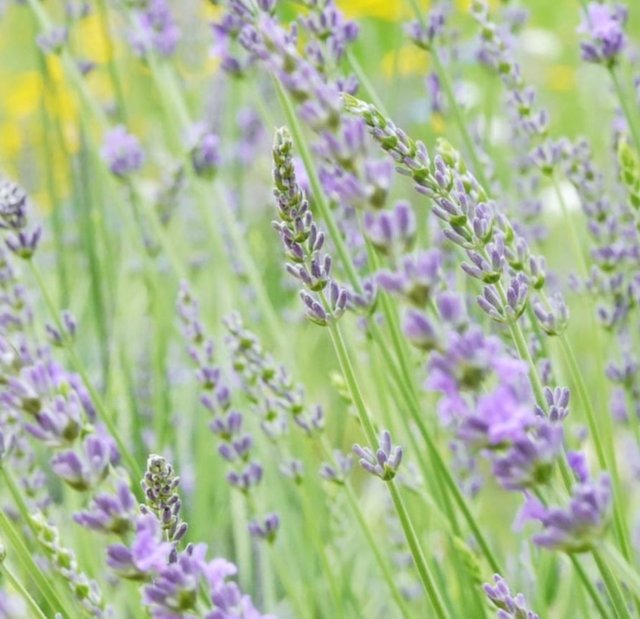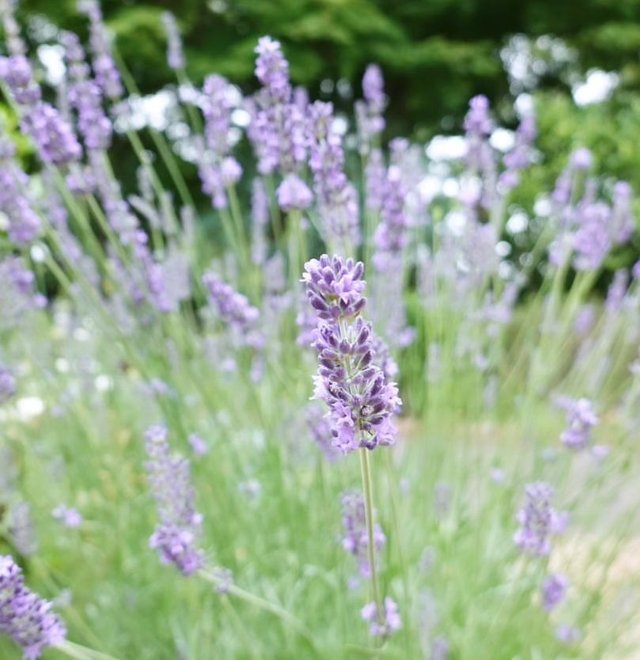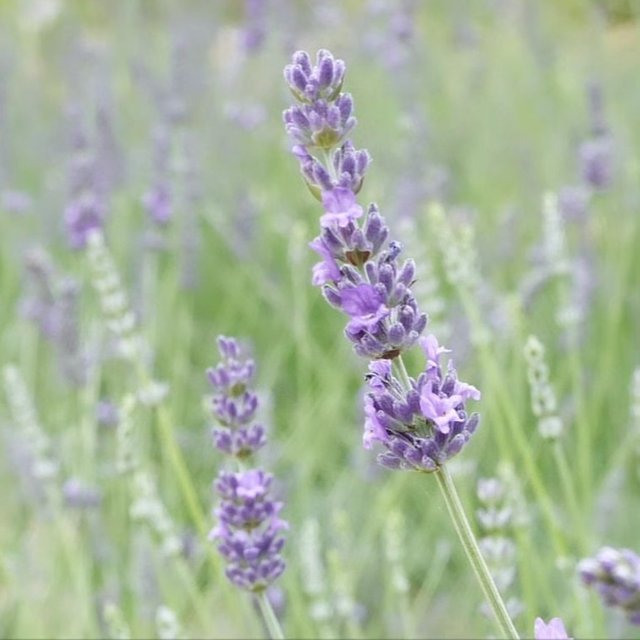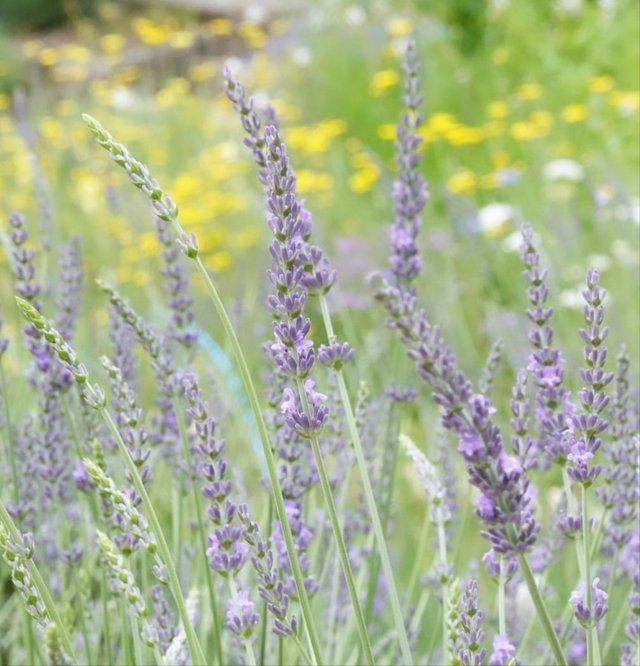English Lavender Flower So Amazing
English Lavender: The Timeless Herb of Beauty and Utility
Introduction
English lavender is a perennial shrub that has been cherished for centuries for its enchanting fragrance, striking appearance, and versatile applications. Native to the Mediterranean region, this hardy plant has adapted well to various climates and is now a beloved addition to gardens around the world. Beyond its aesthetic appeal, English lavender boasts numerous benefits, ranging from culinary uses to medicinal properties. This post delves into the rich history, cultivation, and multifaceted uses of English lavender, highlighting why it remains a timeless favorite.
History and Symbolism
English lavender's history is as fragrant as the plant itself. Ancient civilizations, including the Egyptians, Greeks, and Romans, prized lavender for its scent and healing properties. Egyptians used it in mummification, while Romans employed it in baths, cooking, and as a natural remedy. The name "lavender" is derived from the Latin word "lavare," meaning "to wash," reflecting its historical use in bathing rituals.
Throughout the Middle Ages, lavender was a staple in monasteries and apothecaries. It symbolized purity, cleanliness, and calm, and was often used in religious ceremonies and medicinal practices. In Victorian times, English lavender became a symbol of elegance and refinement, frequently featured in gardens and as a component in perfumes and potpourri.
Cultivation and Varieties
English lavender is relatively easy to cultivate, making it a popular choice for both novice and experienced gardeners. It thrives in well-drained soil with full sunlight and can tolerate drought conditions once established. The plant typically grows between 1 to 3 feet in height and width, producing spikes of purple-blue flowers that bloom from late spring to early summer.
Several varieties of English lavender offer unique characteristics:
‘Hidcote’: Known for its deep purple flowers and compact form, ideal for borders and hedges.
‘Munstead’: A hardy variety with lighter purple flowers, named after the garden of renowned horticulturist Gertrude Jekyll.
‘Vera’: Considered one of the most fragrant, often used in essential oil production.
‘Jean Davis’: A unique variety with pale pink flowers, adding a delicate touch to gardens.
Proper pruning is essential for maintaining the plant's shape and encouraging new growth. Pruning should be done after the flowering season, cutting back the stems to just above the woody part of the plant.
Culinary Uses
English lavender’s culinary potential is often overlooked, yet it adds a delightful twist to both sweet and savory dishes. The flowers and leaves are edible, though they should be used sparingly due to their potent flavor. Here are a few culinary applications:
Herbal Teas: Lavender can be blended with other herbs to create soothing teas.
Baking: Lavender-infused sugar or honey can enhance cookies, cakes, and scones.
Savory Dishes: Lavender pairs well with rosemary and thyme, making it a unique addition to roasted meats and vegetables.




Thanks For Reading
Device Information
| Device | Redmi Note 10 Pro |
|---|---|
| Lens | 64 mp |
| Location | Bangladesh |
